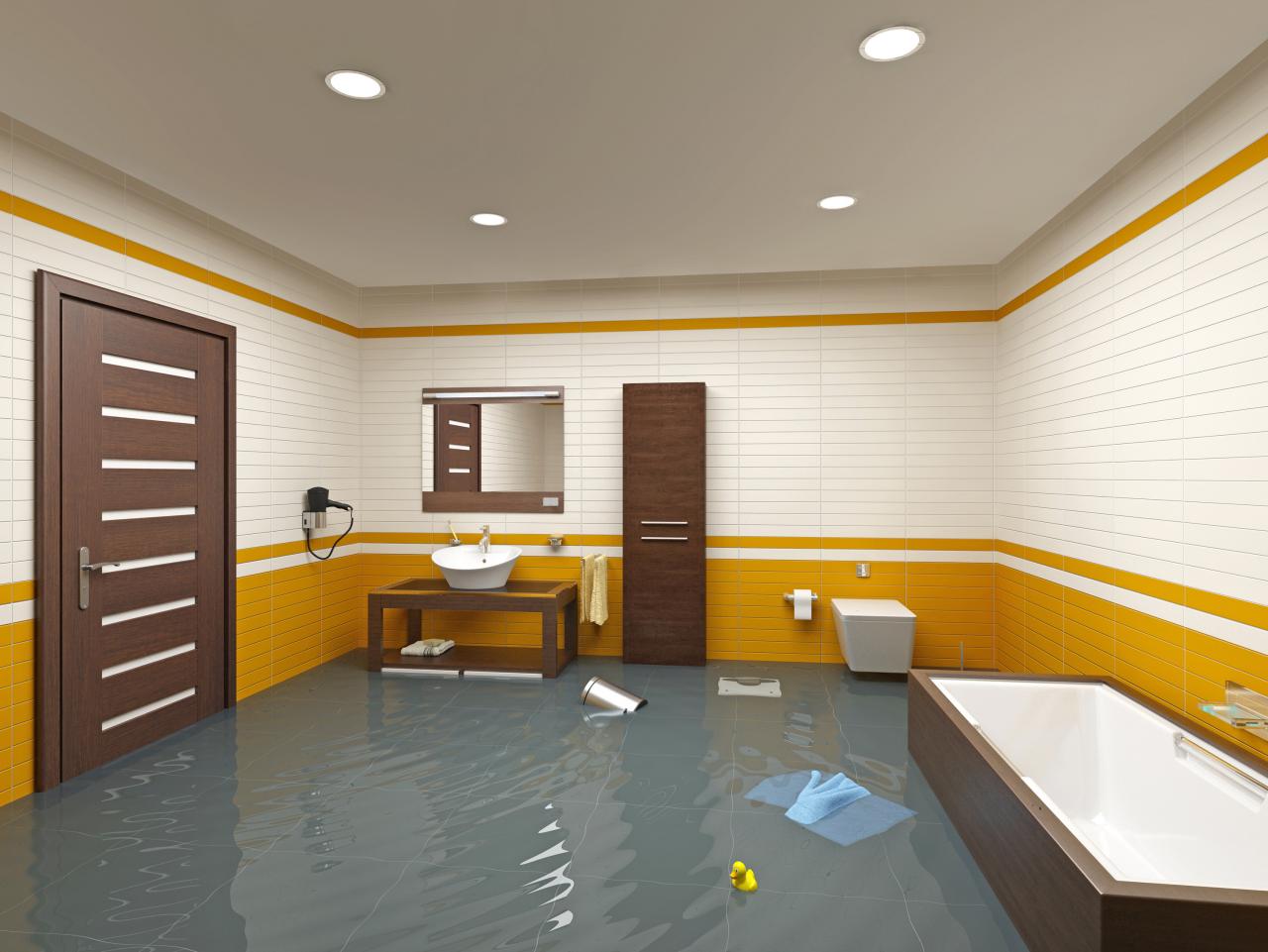Posted on May 9, 2023
What Are The Steps Involved In Flooded Basement Restoration?
Flooded basements can be a nightmare for homeowners. Not only can the damage be expensive to repair, but it can also cause mold and mildew growth, and create lingering unpleasant odors. Fortunately, there are steps you can take to restore your basement to its original condition.
The first step in flooded basement restoration is to assess the damage. This includes examining all of the walls, floors, and ceilings for signs of water damage, mold, and mildew growth. You should also check the foundation for cracks and other structural damage. Once the damage is assessed, it’s time to start the cleanup process.
The next step is to remove all of the water from the basement. This can be done by using a wet/dry vacuum or a submersible pump to remove the standing water. You should also remove any furniture, carpets, and other items that may have been damaged by the water. If you want to know more about flooded basement restoration then you can hop over to this site.

Image Source: Google
If mold or mildew growth is present in the basement, it’s important to take steps to remove it. This can include using a mild bleach-and-water solution to clean the affected areas and using a HEPA-filter vacuum cleaner to remove spores from the air.
Once the basement is dry and the mold and mildew have been removed, you can begin the process of repairs. This may include replacing drywall, painting, and installing new floors. If the foundation of the basement was damaged, it may need to be reinforced with steel beams or new concrete.
Finally, you should take steps to prevent future flooding. This can include installing a sump pump, ensuring that downspouts and gutters are free of debris, and installing flood vents or flood barriers.
